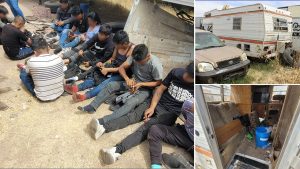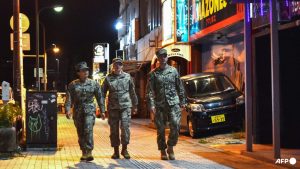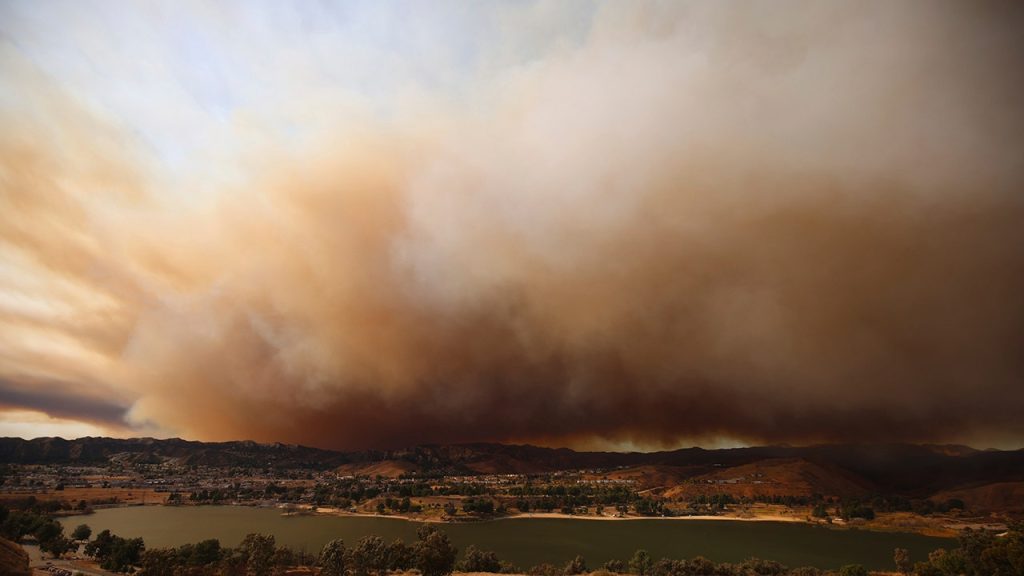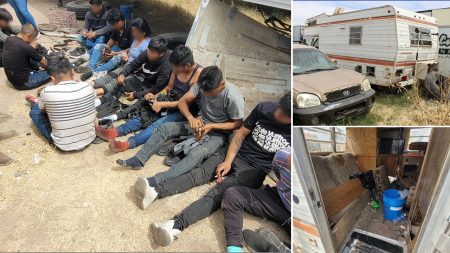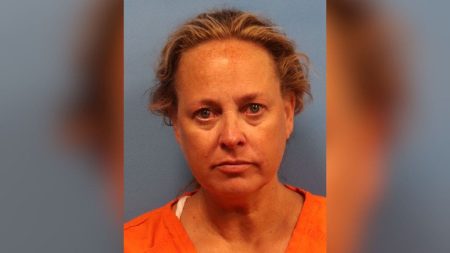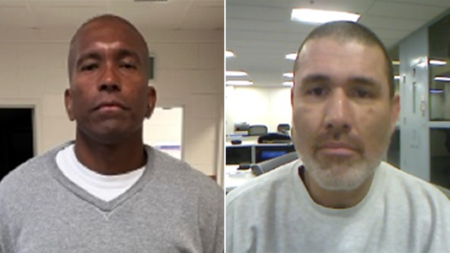The aftermath of the devastating Palisades Fire in Los Angeles has left a trail of destruction and uncertainty, particularly for families with children returning to school. The fire, which consumed homes and personal belongings, has blanketed the area in a toxic layer of ash, raising serious concerns about the long-term health impacts, especially for young children. While some schools are reopening after cleanup efforts, parents like Kelli Ferrone, whose daughters attend Canyon Charter Elementary, remain apprehensive. Having personally participated in the cleanup efforts, Ferrone believes a temporary relocation to a safer environment would be a more prudent approach than a hasty reopening. She argues that the unprecedented nature of this disaster requires extraordinary measures to ensure the safety and well-being of the students and staff.
The primary concern centers around the composition of the ash, a complex mixture of incinerated materials ranging from household items to building debris and vehicles. This “toxic soup,” as some have described it, contains a dangerous cocktail of pollutants, including pesticides, asbestos, plastics, and lead. These substances pose a significant health risk, particularly to children, who are more susceptible due to their developing bodies and hand-to-mouth behavior. Dr. Lisa Patel, a pediatrician and expert on environmental health, emphasizes the heightened vulnerability of children, particularly during their formative years, when their bodies are undergoing rapid growth. She cautions that the risk of exposure will persist for a considerable time, requiring ongoing vigilance and preventative measures.
The Los Angeles Unified School District (LAUSD) has asserted that all seven schools in close proximity to the fire have undergone thorough cleaning and inspection by environmental consultants. They claim to have adhered to guidelines established by various state and federal agencies, including the California Department of Education, the California Environmental Protection Agency, the California Department of Emergency Services, the Los Angeles County Public Health Department, and the U.S. Environmental Protection Agency. However, the assurances provided by the district have not fully allayed the fears of some parents, who remain skeptical about the effectiveness of the cleanup efforts and the potential for lingering contamination.
The situation is further complicated by the fact that the long-term health effects of exposure to this specific mixture of toxins remain unknown. Scientific research on the specific health consequences of exposure to wildfire ash is still ongoing, leaving parents and health officials with limited definitive answers. This uncertainty contributes to the anxiety surrounding school reopenings, as the potential risks remain difficult to quantify. The need for continued monitoring and research is crucial to fully understand and mitigate the long-term health implications for those impacted by the fire.
The impact of the fire extends beyond the immediate health concerns, as some families have lost everything, including their homes and schools. The destruction has been so complete that some children have no school to return to, highlighting the far-reaching consequences of this disaster. Actor Chris Pratt, whose son’s school was destroyed in the fire, poignantly expressed the devastation faced by many families, emphasizing the loss of not just physical structures, but also the sense of community and normalcy that schools provide.
The situation underscores the complex challenges faced by communities in the wake of increasingly frequent and intense wildfires. The need for comprehensive disaster preparedness and response plans, including protocols for addressing the health risks associated with wildfire ash, is critical. The concerns raised by parents like Kelli Ferrone highlight the importance of prioritizing the safety and well-being of children in the recovery process. The long-term health consequences of exposure to wildfire ash, particularly for young children, require ongoing investigation and proactive measures to mitigate potential risks. The destruction of schools and homes underscores the need for robust community support and resources to help families rebuild their lives and navigate the challenging road to recovery.
